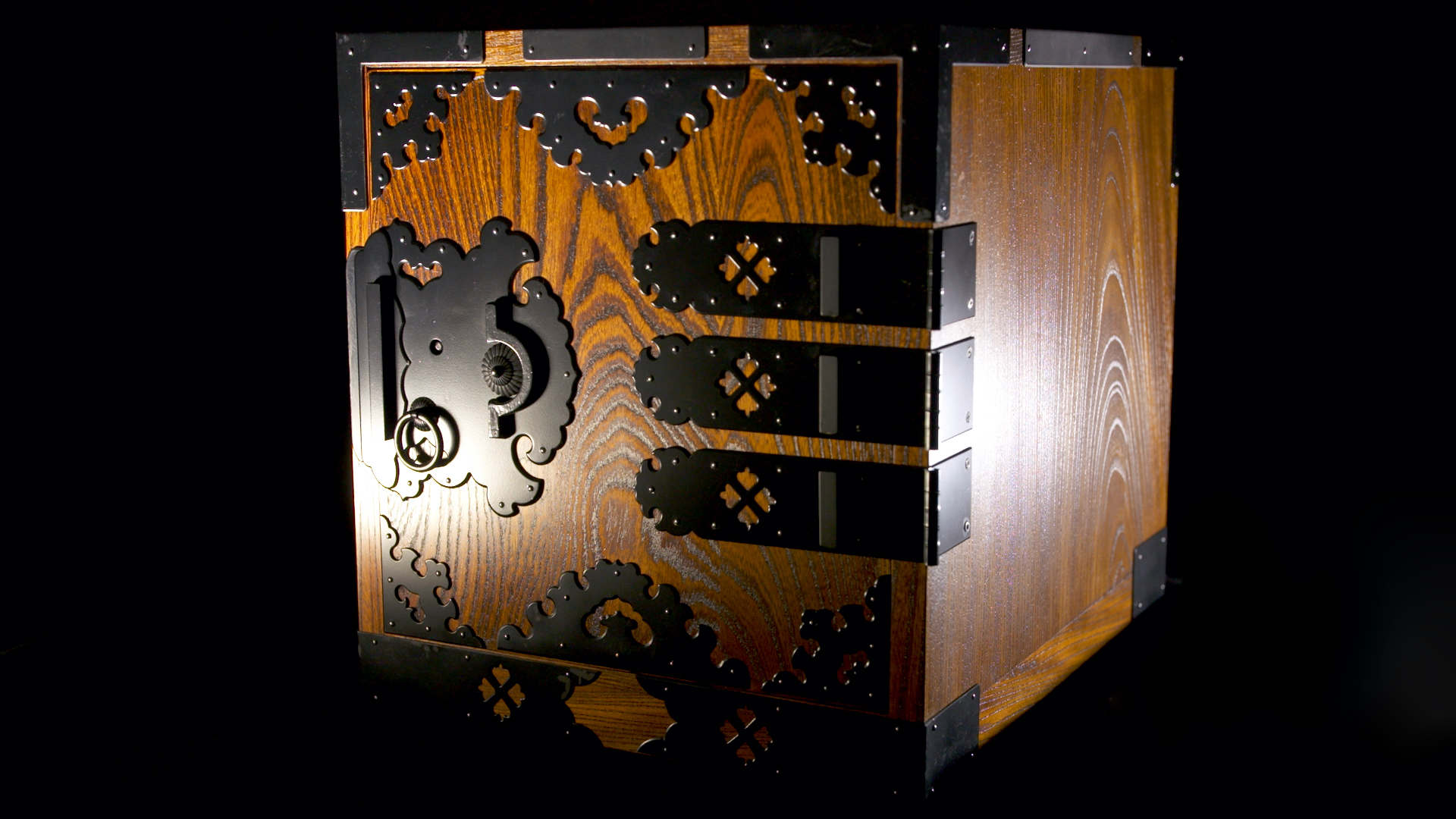

Company Name
Katomokko
Year of establishment
1947
Type of industry
Woodworking
Main products
Sakata Funadansu, Wood crafts
Post code
998-0027
Company address
7-47 Kitaima-machi Sakata Yamagata Japan
Representative
Osamu Kato
Person in charge
Wataru Kato
T E L
+81-90-5671-5410
F A X
+81-234-22-2242
Main selling channels
Domestic consignment sales, Domestic EC site
EC sales results
Yahoo shopping
Available language
Japanese, English
Kato Mokko is a fourth-generation family-run woodworking business specializing in sashimono--joinery for assembling wood without metal nails or screws--for making Sakata funa-dansu (ship chests), a traditional craft item of Sakata City, Yamagata Prefecture. Sakata funa-dansu chests of drawers were widely used between the mid-18th and late 19th centuries aboard Kitamaebune merchant ships mostly serving ports on the west coast of Japan. As one of the country's three major producers of funa-dansu along with Mikuni (Fukui Prefecture) and Ogi (Sado, Niigata Prefecture), Sakata attracted great numbers of skilled artisans. Demand for Sakata funa-dansu declined with the demise of the Kitamaebune shipping route, however, and today, with most homes furnished in Western-styles, demand for Sakata funa-dansu as a utilitarian piece of furniture is all but gone, although it is admired for its workmanship and decorative value. With the loss of demand, Sakata lost its funa-dansu makers, leaving Kato Mokko as its only surviving maker continuously engaged in funa-dansu production.
Alongside preserving and continuing traditional production techniques so that Sakata funa-dansu can be enjoyed by generations to come, Kato Mokko is focusing much effort on developing products incorporating technical innovations complementary to today's lifestyles. A Sakata funa-dansu typically has a substantial, hardwearing exterior of zelkova, iron hardware, and lacquer coating. In contrast, its interior drawers are made of paulownia for superior airtightness--funa-dansu could be recovered from sunken ships because of their buoyancy, according to anecdotes. For exterior wood, we use zelkova harvested in Shonai, Yamagata Prefecture, thereby contributing to sustainability of the local forest industry. We also encourage local manufacturing by studying traditional iron hardware engraving and lacquerwork techniques that have lost practitioners and supporting younger people to acquire such skills.